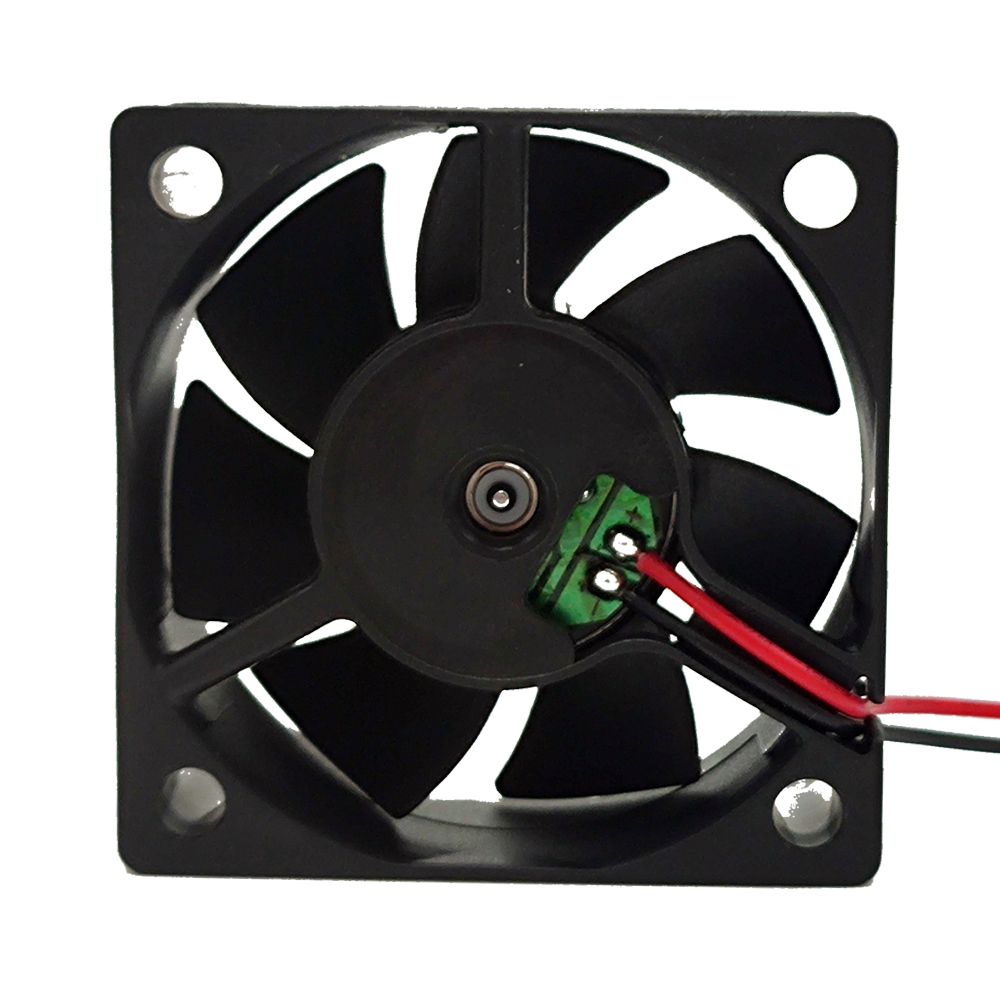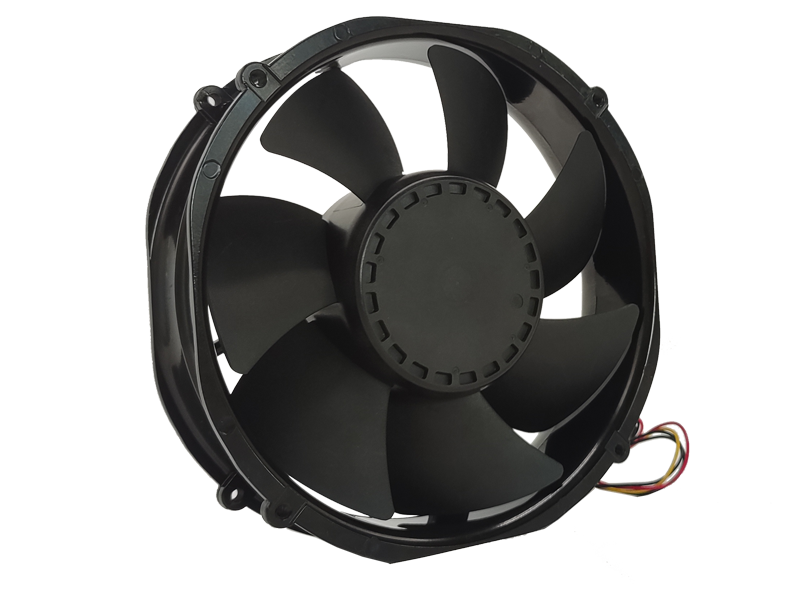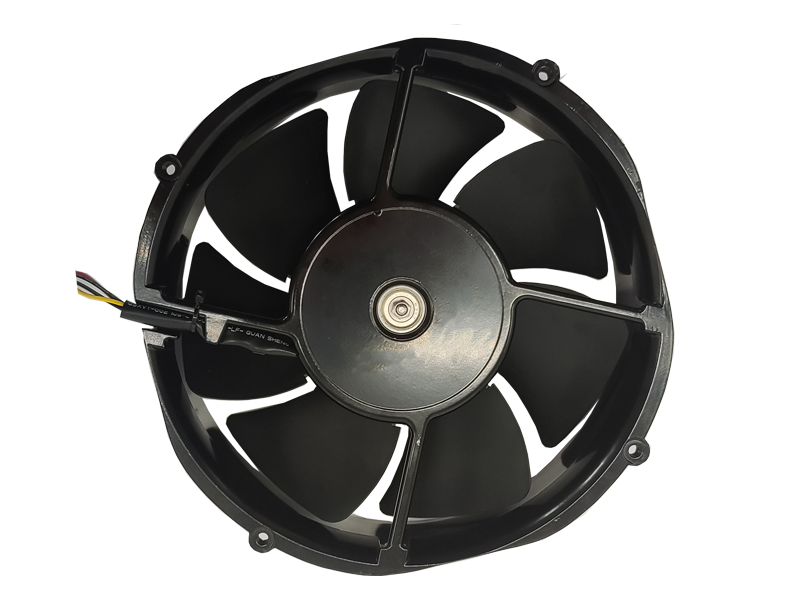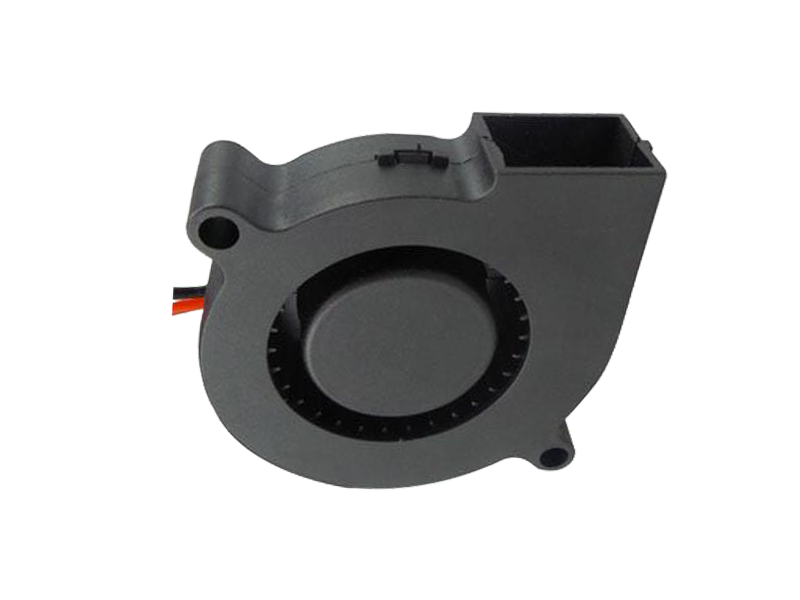Industrial fans are indispensable components in various sectors, playing a crucial role in the cooling, ventilation, and air circulation systems of factories, warehouses, power plants, and more. These large-scale fans help create a comfortable and productive work environment, reduce the risk of machinery overheating, and improve air quality. As industrial operations become more complex, the demand for advanced, efficient, and customizable industrial fan solutions continues to rise. In this article, we will explore the significance of industrial fans, their evolution, the key product considerations, and future trends shaping the industry.
1. The Vital Role of Industrial Fans in Different Sectors
Industrial fans are primarily used to manage air circulation and temperature control in various industries, including manufacturing, chemical processing, food production, and HVAC systems. Their primary functions can be broken down into the following key areas:
a. Heat Management and Cooling
Many industrial processes, such as metal forging, power generation, and chemical manufacturing, generate excessive heat. Overheating can damage sensitive equipment, hinder production efficiency, and increase maintenance costs. Industrial fans help in preventing such issues by dissipating the heat generated by machinery and maintaining an optimal operating temperature.
For example, in power plants, where turbines and generators operate at high temperatures, industrial fans are crucial in cooling these systems to prevent breakdowns and inefficiencies. Fans circulate air around hot equipment, ensuring proper heat management and extending the life cycle of machinery.
b. Ventilation and Air Quality
In factories and manufacturing environments where harmful fumes, dust, or gases are generated, industrial fans are integral to creating a safer and healthier workspace. These fans expel harmful airborne particles and circulate fresh air, reducing the concentration of contaminants in the air. In industries like chemical manufacturing and pharmaceuticals, fans are essential for compliance with safety and environmental standards.
For instance, in a chemical plant where volatile substances are processed, powerful industrial exhaust fans are used to expel toxic fumes and maintain safe air quality levels. Similarly, in food processing, fans help remove odors and ensure proper ventilation to maintain hygiene standards.
c. Employee Comfort
Employee productivity and well-being are directly linked to the environment they work in. High temperatures, poor air quality, and stagnant air can lead to discomfort, fatigue, and even heat-related illnesses. Industrial fans can alleviate these problems by improving airflow and providing a cooling effect, especially in hot and humid environments.
For example, in large warehouses and assembly lines, where workers often handle heavy equipment, industrial fans circulate air to provide relief from heat, ensuring workers stay comfortable and focused. In warmer climates, cooling fans become an essential part of maintaining a conducive working environment.
2. Key Considerations in the Design and Development of Industrial Fans
When designing industrial fans, several factors need to be considered to ensure that they meet specific operational requirements, achieve maximum efficiency, and provide long-lasting performance. Let's look at the most important product considerations in industrial fan design:
a. Airflow Capacity
The primary function of any industrial fan is to move air. Therefore, the airflow capacity is one of the most critical parameters when choosing a fan for a specific application. Airflow capacity is typically measured in cubic feet per minute (CFM) or liters per second (L/s). The required airflow will depend on the size of the space, the type of equipment in use, and the heat generated during operations.
For instance, a factory that operates heavy machinery and generates significant heat will require a fan with high airflow capacity to ensure effective cooling and ventilation. Fans with adjustable speeds or variable frequency drives (VFDs) are useful in such environments, as they can be fine-tuned based on the needs of the moment.
b. Energy Efficiency
Energy consumption is a major consideration for businesses aiming to reduce operational costs and minimize their environmental footprint. Industrial fans can be large power consumers, especially if they are running continuously to provide ventilation or cooling.
Energy-efficient fans, such as those with brushless DC motors, are becoming increasingly popular. These fans provide high performance while using less energy, which leads to lower operational costs. Additionally, the use of VFDs allows for the regulation of fan speed, ensuring that fans are not running at full capacity when it is unnecessary, further optimizing energy usage.
c. Durability and Material Selection
Industrial environments can be harsh, with fans exposed to extreme temperatures, moisture, dust, and corrosive substances. As a result, industrial fans must be built with durable materials that can withstand these challenging conditions. Common materials include galvanized steel, stainless steel, and high-quality plastics, which are resistant to corrosion, rust, and wear.
For example, fans used in chemical plants may require corrosion-resistant materials like stainless steel to handle exposure to chemicals and moisture without deteriorating over time. On the other hand, fans used in food production may need to meet hygiene standards and be constructed with materials that are easy to clean.
d. Noise Reduction
In noisy industrial environments, excessive noise from fans can negatively impact employee productivity, lead to hearing loss, and contribute to an uncomfortable working atmosphere. To address this, manufacturers are developing quieter fan designs that incorporate noise-dampening features, such as insulated fan casings, vibration-reducing mounts, and optimized blade designs.
Quieter industrial fans are especially important in environments like hospitals, research labs, or office buildings, where noise can interfere with operations and disrupt workers. Noise reduction not only improves comfort but also ensures compliance with workplace safety regulations.
3. Types of Industrial Fans and Their Applications
Industrial fans come in various types, each designed for specific applications and environments. The most common types include:
a. Axial Fans
Axial fans are the most widely used type of industrial fan. They are designed to move air along the axis of the fan, making them ideal for applications that require high airflow with low to moderate pressure. These fans are commonly used in ventilation and cooling applications where large volumes of air need to be moved.
In an automotive manufacturing plant, for example, axial fans are used to cool machinery, remove fumes, and ventilate large spaces. Their efficiency and low cost make them suitable for general-purpose applications.
b. Centrifugal Fans
Centrifugal fans operate by drawing air into the center of the fan and expelling it outward at high pressure. They are typically used in applications that require higher pressure and airflow, such as in exhaust systems, air handling units, and dust collection systems.
Centrifugal fans are used in environments like chemical processing plants or power generation facilities, where higher pressure and more forceful airflow are needed to remove pollutants and exhaust gases.
c. Radial Fans
Radial fans, similar to centrifugal fans, generate airflow through the use of an impeller. However, these fans have a more compact design and are often used for smaller applications that require high static pressure but low volume. Radial fans are often used in HVAC systems, air purifiers, and other systems that require efficient airflow in a limited space.
d. Destratification Fans
Destratification fans are used to help circulate air in large spaces, reducing the build-up of warm air near the ceiling and distributing it more evenly throughout the room. This helps in maintaining a consistent temperature across the entire facility and improving overall energy efficiency.
These fans are commonly used in warehouses, sports arenas, and other large facilities with high ceilings. They improve thermal comfort and reduce heating costs by ensuring that the air is evenly distributed.
4. The Future of Industrial Fans: Trends and Innovations
As industries evolve, the design and technology of industrial fans continue to advance. Here are some key trends shaping the future of industrial fan products:
a. Smart Fans with IoT Integration
The Internet of Things (IoT) is revolutionizing industrial fan technology. Smart fans can be connected to centralized control systems, allowing for real-time monitoring, performance optimization, and remote control. IoT-enabled fans can adjust their speed based on environmental conditions, reducing energy consumption and improving efficiency.
For example, a factory with varying cooling needs throughout the day can use IoT-connected fans to automatically adjust the fan speed based on temperature and humidity levels, ensuring maximum energy savings.

b. Energy-Efficient and Sustainable Solutions
As sustainability becomes a central focus for industries worldwide, the demand for energy-efficient and environmentally friendly industrial fans is growing. Fans that consume less power, are built with recyclable materials, and can be powered by renewable energy sources are expected to dominate the market in the future.
In addition, manufacturers are working on improving fan designs to reduce noise pollution, enhance airflow efficiency, and integrate sustainable materials into the construction of fans.
c. Customization and Flexibility
As industries become more specialized, the demand for customized industrial fan solutions is increasing. Manufacturers will increasingly offer fans that can be tailored to meet the specific needs of different industries, such as food processing, pharmaceuticals, or electronics. Customizable features like fan size, blade shape, and material composition will enable businesses to optimize their cooling and ventilation systems.
5. Conclusion
Industrial fans are critical components in maintaining optimal working conditions, ensuring machinery operates efficiently, and safeguarding employee well-being. The design, efficiency, and durability of industrial fans are crucial to improving productivity, reducing operational costs, and enhancing safety. As industries continue to evolve, the demand for energy-efficient, smart, and customizable fan solutions will rise. Companies investing in advanced industrial fans will be better equipped to address the challenges of a rapidly changing industrial landscape.
Recommended Products

The main purpose:Car charging station

The main purpose:Car charging station

The main purpose:Electronic refrigerators, water dispensers, direct drinking machines, inverter power supplies
Address:No. 4137, Longgang Avenue (Henggang Section), Henggang Community, Henggang Street, Longgang District, Shenzhen
hotline:13530005572(Chen)15112579390(Li)


Welcome all friends to come for consultation and negotiation.
Copyright 2024 @ Shenzhen Youneng Xinyuan Electronics Co., Ltd.,(industrial fans,industrial blowers,axial fans,cooling fans manufacturer,centrifugal fans,ac cooling fans,dc cooling fans)